Who doesn’t love a hero? Start off by capturing your crew’s attention with a podcast or two focusing on fictional heroes. Then make the jump from those fictional folks to historical figures for some heroic happenings!
Start with Superheroes
From superheroes to heroes of legend and lore, The Walking Classroom provides plenty to explore!
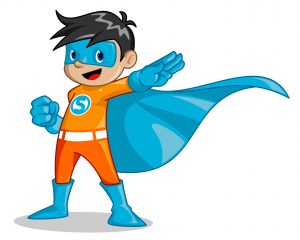 Superheroes and their Contributions to Society (4-#79, Complete-#43) discusses superheroes from different times. Superman and Spiderman are popular pop culture icons familiar to the students. Although they originated in different eras, both are symbols standing for good.
Superheroes and their Contributions to Society (4-#79, Complete-#43) discusses superheroes from different times. Superman and Spiderman are popular pop culture icons familiar to the students. Although they originated in different eras, both are symbols standing for good.
Being a hero is not that large a leap! Legendary and Everyday Heroes (4-#80, Complete-#41) reminds us that one doesn’t have to soar over “tall buildings in a single bound” to be a hero! Heroes can come in all shapes and sizes. They might be mythical heroes like Hercules or legendary heroes like Robin Hood. Heroes are present in plenty of places, even in our lives today!
We can easily envision those fictional heroes, basing our image on illustrations we’ve seen. But what does a hero look like today? Encourage your crew to create a mini poster or trading card of an everyday hero. Have them draw the hero in “costume” and create a few phrases as descriptors. While today’s heroes may not be “faster than a speeding locomotive,” they definitely have other attributes and abilities worthy of mention!
Animals Can be Heroes Too!
As much as kids enjoy superheroes, they may enjoy animals even more, so it’s good that heroes aren’t limited to the human (and superhuman!) realms. Explore Heroic Dogs and Horses (4-#37, Complete-#44) and meet some significant animal heroes of both fact and fiction.
Have a listen and learn about Seaman, the Newfoundland dog who journeyed with Lewis and Clark into the American wilderness, or Traveller, the horse ridden by General Robert E. Lee, who commanded the Confederate Army in the Civil War.
Hear about Balto, the sled dog,  who led a team transporting medicine across Alaska in 1925, and uncover a tale about a rather large (but hairless!) horse too . . . the Trojan horse!
who led a team transporting medicine across Alaska in 1925, and uncover a tale about a rather large (but hairless!) horse too . . . the Trojan horse!
Follow up by discussing how horses, dogs, and other animals help in our lives today, serving as companions, therapy animals, or in search-and-rescue efforts. Maybe you can even find some local therapy pets to visit your site!
Some Heroic Female Figures
You can find real life heroes in every era. Travel through time and learn about some heroic female figures too!
Journey back to the fifteen-century and meet Joan of Arc (4-#85, Complete-#50), a national heroine of France. With no military experience, this eighteen year old daughter of poor farmers played a significant role during the Hundred Years’ War. Dressed in white armor and on a white horse, she led a French army to victory over the English at Orleans. Now that’s heroic!
Another female figure known for her military service, Deborah Sampson (4-#56, Complete-#67), disguised herself as a man to fight in the Continental Army. As such, she was the first woman to receive a military pension!
Harriet Tubman (5-#50, Complete-#79) made a 90-mile journey to her own freedom in Philadelphia. Later, Tubman led hundreds from a life of slavery in the South to freedom in the North. She became known as “Moses,” one of the most famous “conductors” along the Underground Railroad.
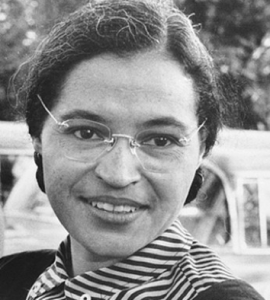 Civil rights activist Rosa Parks (4-#65, Complete-#124) also led the way in her own way . . . by sitting down. Parks’ refusal to surrender her bus seat to a white passenger in Montgomery, Alabama, in December of 1955 led to a bus boycott that lasted for 381 days!
Civil rights activist Rosa Parks (4-#65, Complete-#124) also led the way in her own way . . . by sitting down. Parks’ refusal to surrender her bus seat to a white passenger in Montgomery, Alabama, in December of 1955 led to a bus boycott that lasted for 381 days!
And these are just some historical heroes! See if your group can think of other heroic folks through history by playing a simple alphabet game. Challenge them to identify heroes in alphabetical order (by last name) and explain what makes them heroic — can your crew make it from A to Z?



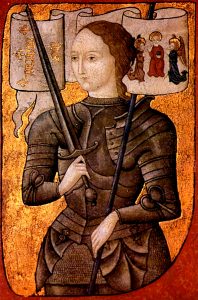
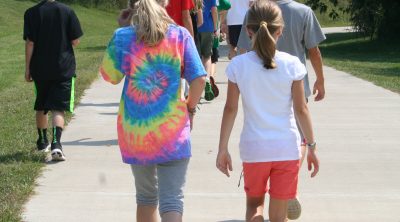

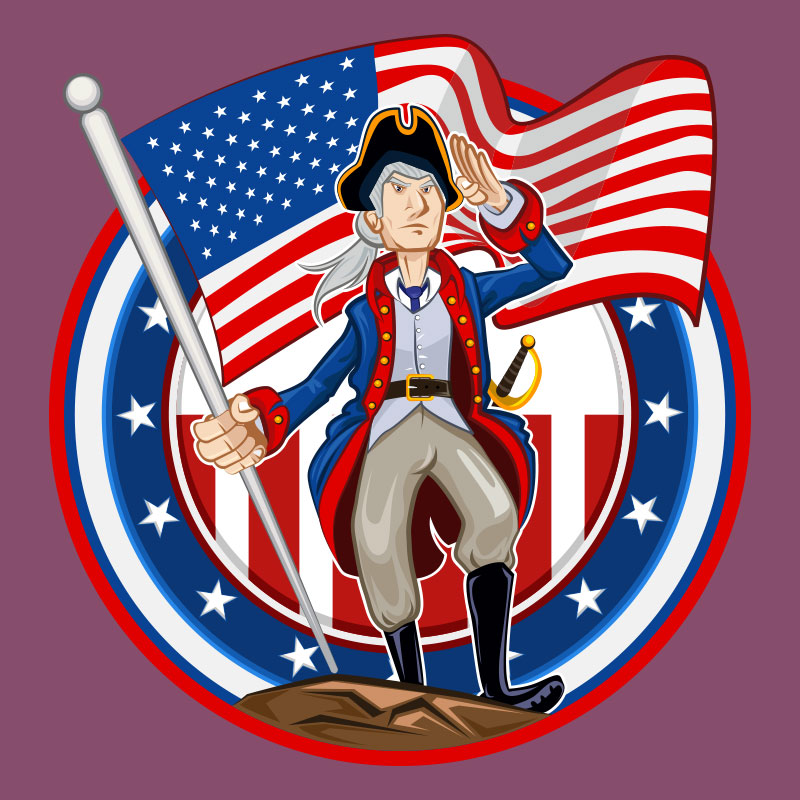
Leave a Reply